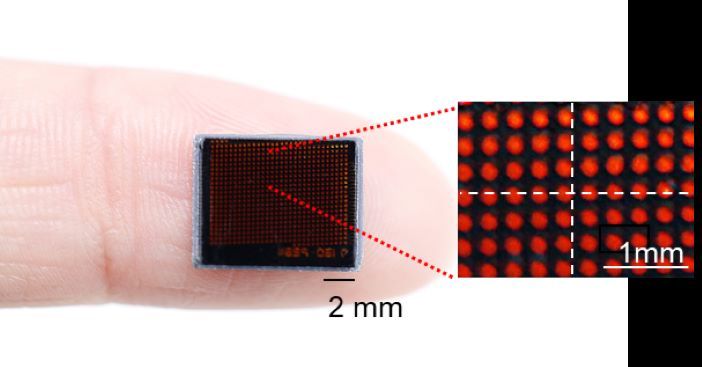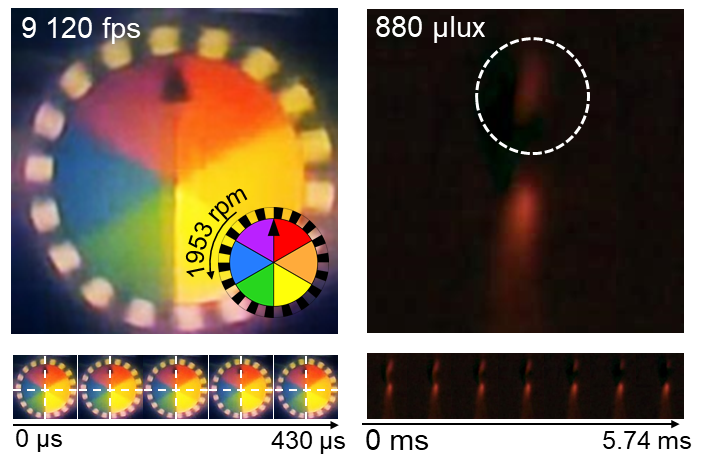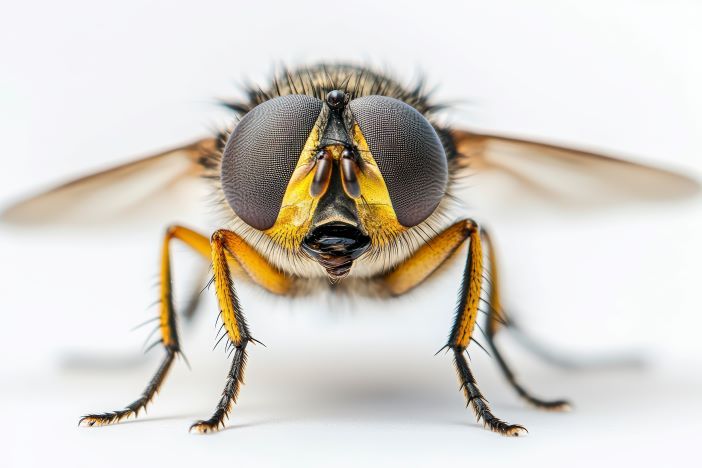Researchers in South Korea have developed a camera inspired by insect eyes that overcomes the limitations of frame rate and sensitivity faced by many conventional high-speed cameras.
The bio-inspired camera is less than one millimeter thick, low-cost, compact and is capable of capturing 9,120 frames per second while providing clear images in low-light conditions.
Achieving high-quality imaging under high-speed and low-light conditions is a critical challenge in many applications.
Many conventional high-speed cameras excel in capturing fast motion. For example, the world’s fastest camera shoots at 156.3 trillion frames per second. However, a camera’s sensitivity decreases as frame rates increase because the available time to collect light is reduced.

The compound eyes of insects overcome this problem by detecting fast-moving objects in parallel. In low-light conditions, sensitivity is enhanced by integrating signals over time to determine motion.
A research team from the Korea Advanced Institute of Science and Technology (KAIST) research university used these processes as the basis to develop a camera that mimics the visual structure of insect eyes and is capable of ultra-high-speed imaging with high sensitivity.
Like insect vision, the camera uses multiple optical channels and temporal summation. The camera features a compound-eye-like structure that allows for the parallel acquisition of frames from different time intervals. Light is accumulated over overlapping periods for each frame, increasing the signal-to-noise ratio.
Recent testing showed that the bio-inspired camera could capture objects up to 40 times dimmer than those detectable by conventional high-speed cameras.

The team also used a channel-splitting technique to enhance the camera’s speed, achieving frame rates thousands of times faster than those supported by the image sensors used, for example in packaging.
Additionally, a compressed image restoration algorithm was used to eliminate blur caused by frame integration and reconstruct sharp images.
The research team plans to extend the technology to develop advanced image processing algorithms for 3D imaging and super-resolution imaging, aiming for applications in biomedical imaging, mobile devices, and other camera technologies.
Hyun-Kyung Kim, a doctoral student at KAIST’s department of bio and brain engineering and the study’s first author said, “We have experimentally validated that the insect-eye-inspired camera delivers outstanding performance in high-speed and low-light imaging despite its small size.
“This camera opens up possibilities for diverse applications in portable camera systems, security surveillance, and medical imaging.”
The research paper “Biologically-inspired microlens array camera for high-speed and high-sensitivity imaging” was published in the journal Science Advances this month.





